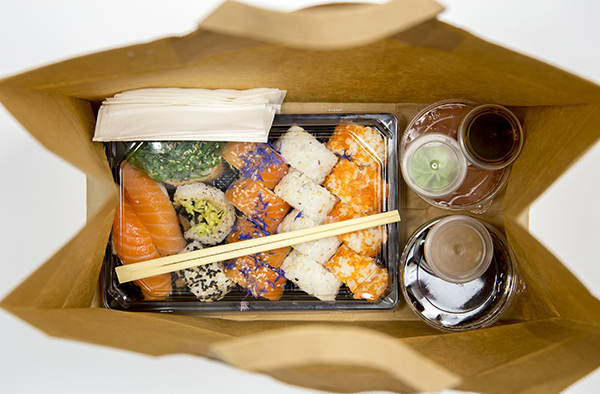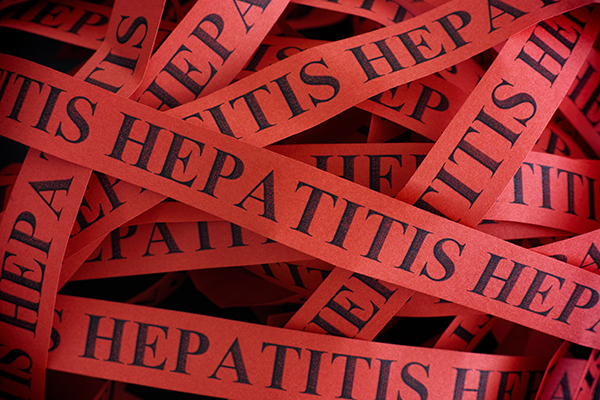Get it Right! Using Risk-Based Inspections to Your Advantage
Our August and September blogs have emphasized the importance of following food handling behaviors that will reduce risks of foodborne illness in your operation, and contribute to positive guest experiences. The checklists we provided can help you in analyzing your operation for strengths and weaknesses—and in the long run improve the safety of food served.
Your state’s health agency may give a letter grade, a numeric score, or a green/red/yellow at the end of your inspection. Whatever grading scheme is used, you are aiming for the top score—an “A”, a 100%, or a green light for go! But you need to remember, the facility inspection by external reviewers only provides a snapshot of what is going on that particular day in your operation. You are there almost every day so of course, you have a better sense of what really happens with food handling practices. You have a much more complete picture! That is why active managerial control, which we blogged about in March, is so important.
There should be no surprises when the inspector visits your operation. Demonstrate that active managerial control is practiced with documentation of the operation’s policies and procedures, temperatures, and other practices. Also be prepared to answer questions that the inspector may pose—yes, they will be quizzing you with food safety related questions!
Here are the “big” things the inspector will be checking as part of his/her site visit:
- Demonstration of knowledge by the person in charge and staff
- Safe food sources and receiving temperatures
- Equipment and potential for cross contamination
- Cooking temperatures
- Holding time and temperatures and date marking
- Reheating for hot holding
- Cooling
- Personal hygiene, hands as a vehicle for contamination, and implementation of employee health policies
- Compliance with approved procedures
- Special requirements for highly susceptible populations
- Labeling, storage, and use of poisonous and toxic chemicals
- Compliance with consumer advisory
While the list may be a bit overwhelming, you can be prepared! Having at least one certified food protection manager on staff, having written policies and procedures to guide employees’ actions, training staff members on following policies and procedures and engaging them in positive food safety practices are just a few action steps that can be taken. One way to engage staff is to involve them in documentation that safe practices are followed with completion of the two checklists addressing back and front of house items that keep food safe and contribute to a quality operation leading to positive guest experiences. As a manager, you no doubt are always looking for ways to continually improve the operation. Think of the inspector (environmental health specialist) as your partner in improving food handling and minimizing risks of food borne illness. Look at these internal checklists as a way to involve all staff in accomplishing your Mission Safe Food and external risk-based inspections as another set of eyes (and knowledge) to help you improve practices!
Risk nothing!











